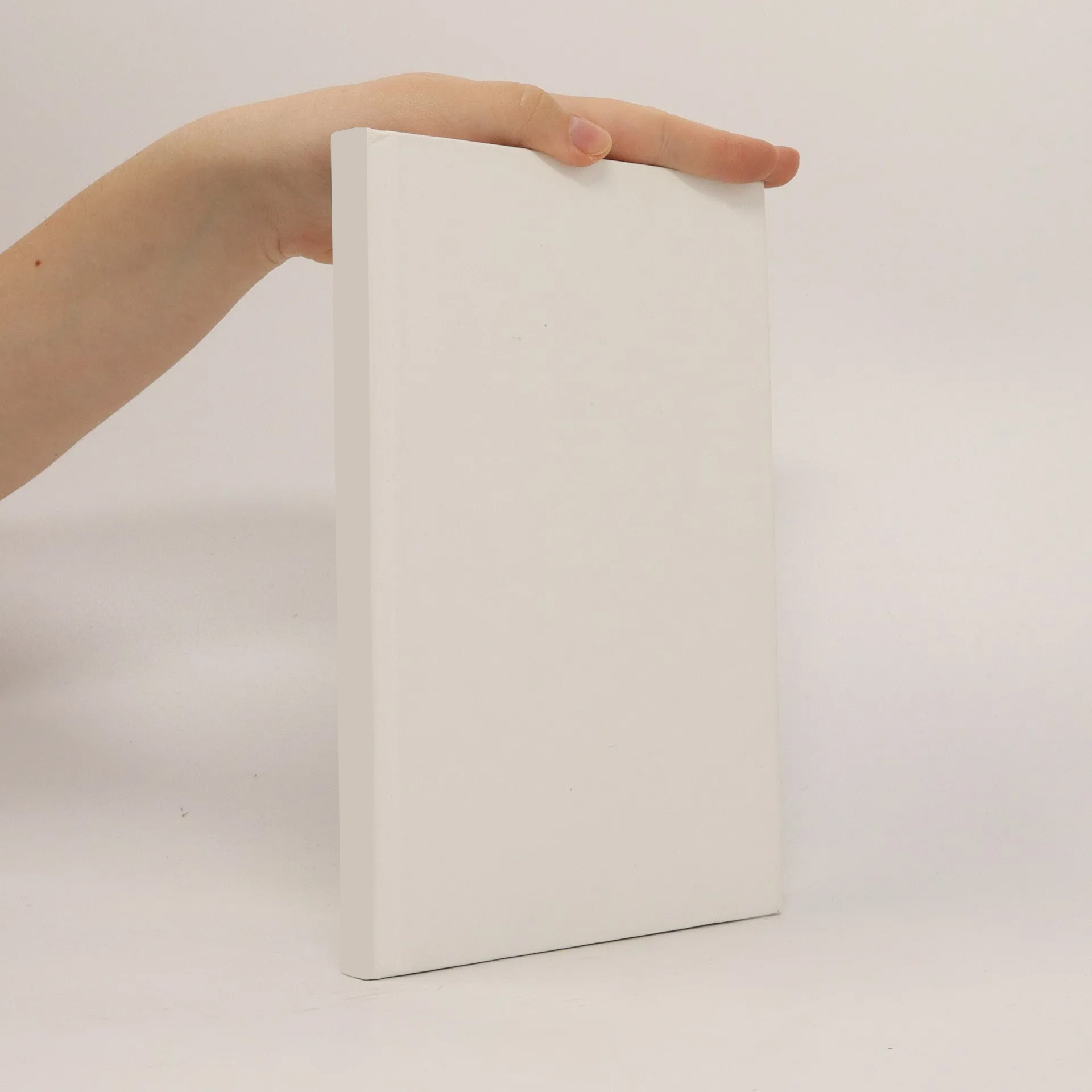
Parameters
More about the book
A new in-situ setup combining ultra-high vacuum (UHV), plasma application, photoelastic-modulated-infrared-reflection-absorption-spectroscopy (PM-IRRAS), and quartz crystal microbalance (QCM) was developed to analyze self-assembled monolayers (SAMs) on engineering metals. The adsorption behavior of various organophosphonic acids on nickel-titanium (NiTi) shape memory alloy (SMA) was first examined. PM-IRRAS demonstrated that the binding mechanism involves mono- or bidental bonds. It was found that a chain length of 17 CH2 groups is necessary for a stable SAM in an aqueous environment. In-situ measurements assessed the formation, barrier properties, and stability of octadecylphosphonic acid (ODPA) and nonadecanoic acid (NDA) SAMs under high water activities. PM-IRRAS confirmed the self-assembly of both molecules on oxyhydroxide-covered aluminum surfaces, showing stability in humid air. A significantly reduced amount of water was observed due to the low energy of the aliphatic surfaces preventing hydrogen bonding. However, ODPA monolayers did not significantly inhibit the H2O/D2O isotope exchange reaction with aluminum hydroxyl groups. The stability of the phosphonate group and the ordering of the SAM are attributed to strong acid-base interactions with Al ions and molecular interactions of the aliphatic chains. For NDA monolayers, the kinetics of surface hydroxylation by H2O dissociative adsorption was notably reduced, while th
Book purchase
In-situ-FTIR-spectroscopic studies of organic acid monolayers on metal oxides in humid environments, Michael Maxisch
- Language
- Released
- 2012
- product-detail.submit-box.info.binding
- (Paperback)
Payment methods
No one has rated yet.